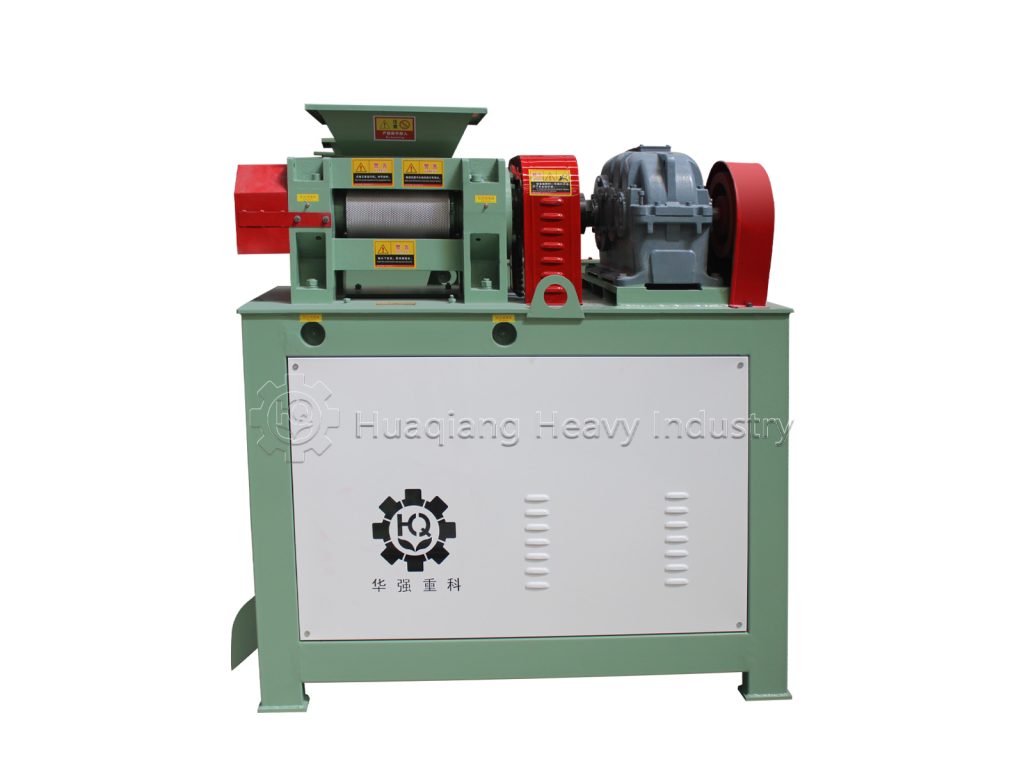In fertilizer production, granular fertilizers are widely used due to their advantages such as ease of application and uniform nutrient release. The differences in equipment selection between wet and dry granulation directly impact fertilizer quality and production efficiency, requiring precise matching based on fertilizer characteristics.

In the fertilizer industry, wet granulation focuses on “liquid-solid granulation,” and equipment selection is designed around nutrient dissolution and granule solidification. Key equipment is a rotary drum granulator or disc granulator. A rotary drum granulator uses a rotating, tilted drum to mix fertilizer powder with liquid raw materials such as phosphoric acid and ammonia, forming granules through the bonding force between the materials. This makes it suitable for producing nitrogen, phosphorus, and potassium compound fertilizers, ensuring uniform coating of multiple nutrients. A disc granulator uses high-speed rotation to generate centrifugal force, which forces the material and binder to form spherical granules. This makes it suitable for fertilizers such as organic fertilizers that require a fluffy structure. A drum fertilizer dryer is required to remove excess moisture from the granules using hot air, preventing fertilizer clumping and nutrient loss. This is a hallmark of wet granulation in the fertilizer industry.
Dry granulation requires no liquid addition, and the equipment used focuses on “physical extrusion shaping,” making it more suitable for heat-sensitive or water-soluble fertilizers. The core equipment is a double roller press granulator, which uses a pair of rollers to press fertilizer powder into dense flakes. This is then crushed and sieved to form granules, preventing moisture from deliquescing in fertilizers like urea and ammonium nitrate, while also minimizing nutrient volatilization. Some high-hardness raw materials require a crusher to pre-process the lumpy fertilizer into a fine powder to ensure uniform feeding. Dry granulation eliminates the need for drying equipment, streamlines the process, and preserves water-soluble nutrients, making it suitable for producing water-soluble or slow-release fertilizers.
When selecting fertilizers, wet granulation equipment is preferred for producing compound fertilizers requiring high nutrient content. Dry granulation equipment is more suitable for processing heat-sensitive, soluble fertilizers. Wet granulation equipment also consumes more energy and is suitable for large-scale production, while dry granulation equipment occupies less space and is more suitable for small- to medium-volume production of specialty fertilizers.